Dimethyl Sulfate
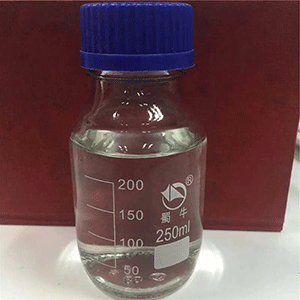
Specifications
| Item | Index |
| APPEARANCE | WHITE AND COLORLESS |
| ACIDITY, % | 0.30 MAX |
| ASSAY, % | 99.0 MIN |
Packing & Storage
| Packing | In 250kg drum, IBC, ISOTANK | |||||||
| Storage | 20℃, 1-2 years. | |||||||
| Shipping | Room temperature in China; may vary elsewhere | |||||||
Free Quote
For samples, pricing, or more information, please call us at 0086 25 51192301 or mail to info@ascent-chem.com or fill out the following form.
We will respond to you as soon as possible.
Tel: 0086 25 51192301
E-mail: info@ascent-chem.com
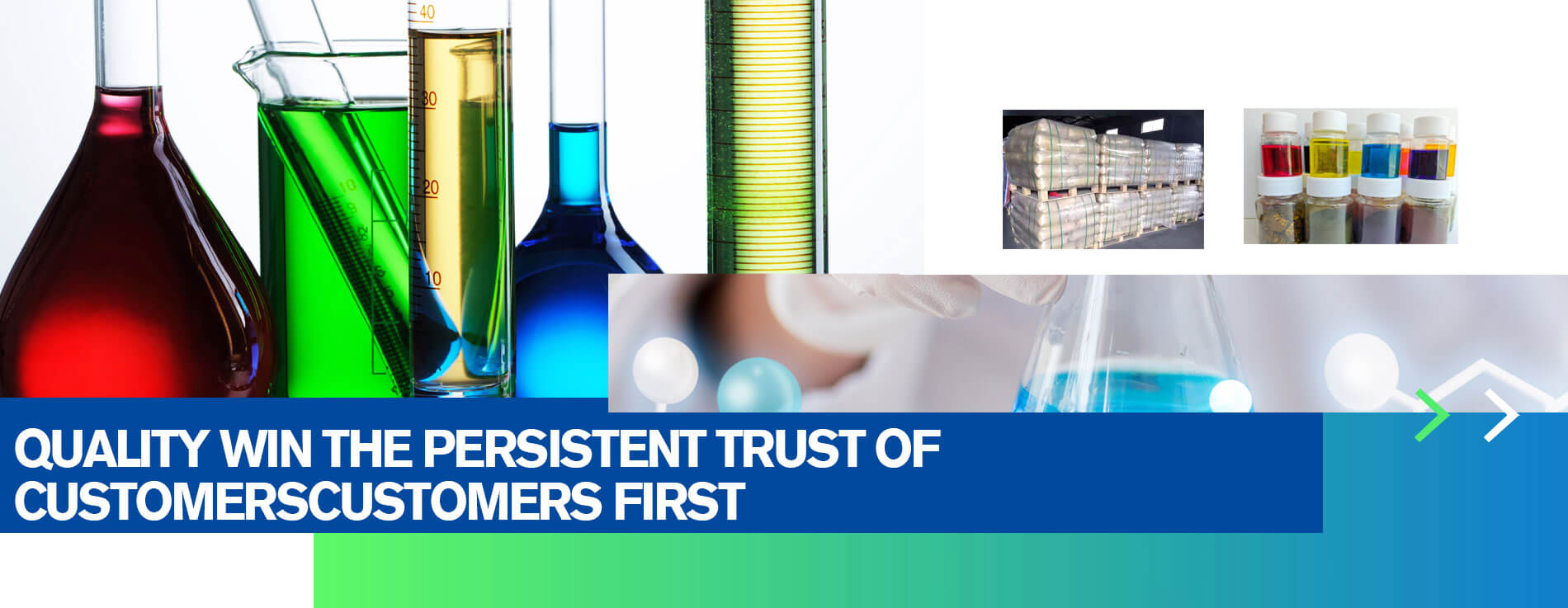
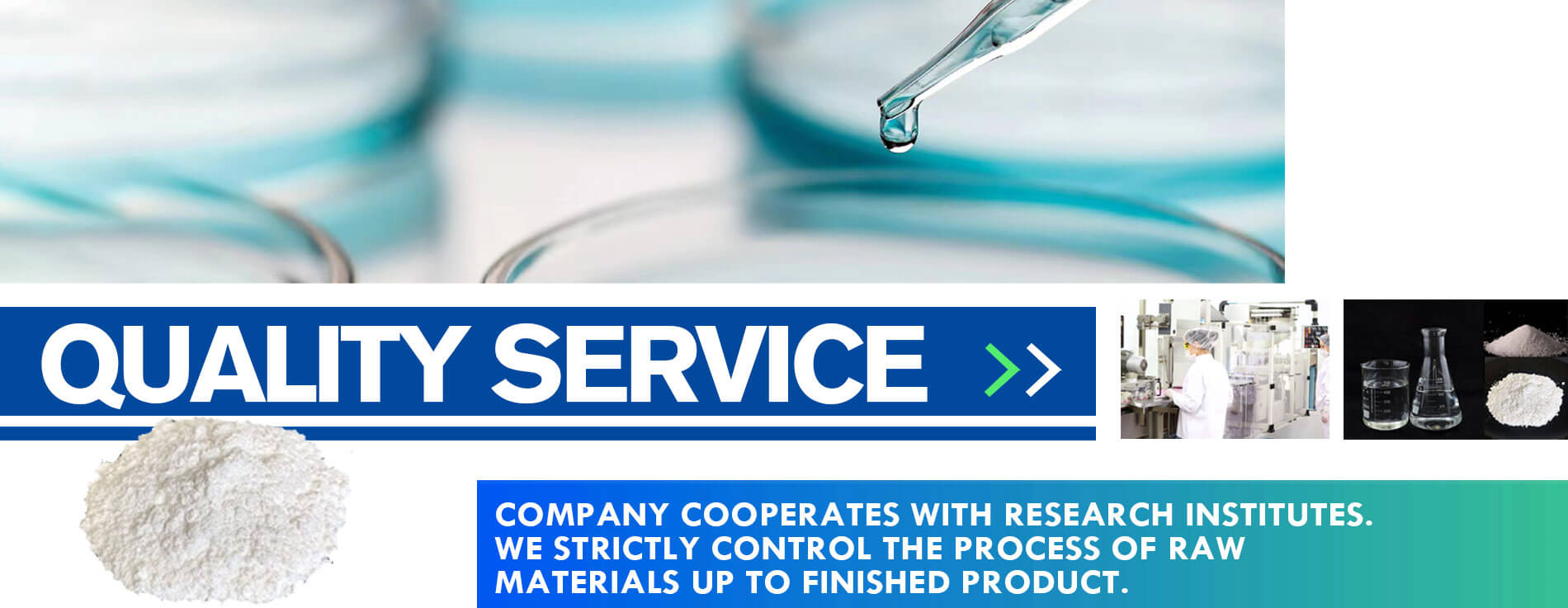

General Information
| Common Names | Dimethyl sulfate| Methyl sulphate | ||||||
| Structure | |||||||
| CAS No. | 77-78-1 | Boiling Point (℃) | 188.0±0.0 °C | ||||
| Molecular Weight | 126.132 | Melting Point (℃) | -32ºC | ||||
| Appearance | Colorless transparent liquid | Vapor Specific Gravity | 1.3±0.1 g/cm3 | ||||
| HS Code | 2930909099 | Flash Point (℃) | 83.3±0.0 °C | ||||
| Solubility | Autoignition Temperature (℃) | ||||||
| Safety Phrases | S45-S53 | ||
| RIDADR | UN 1595 | ||
| WGK Germany | 2 | ||
| Packaging Group | I | ||
| Hazard Class | 6.1(a) | ||
| SYMPTOMS | PREVENTION | FIRST AID | |
| Inhalation | Cough. Sore throat. | Use local exhaust or breathing protection. | Fresh air, rest. |
| Skin | Redness. Burning sensation. Itching. | Protective gloves. | Remove contaminated clothes. Rinse and then wash skin with water and soap. |
| Eyes | Redness. Pain. | Wear safety goggles. | First rinse with plenty of water for several minutes (remove contact lenses if easily possible), then refer for medical attention. |
| Ingestion | Abdominal pain. Nausea. Vomiting. | Do not eat, drink, or smoke during work. Wash hands before eating. | Rinse mouth. Induce vomiting (ONLY IN CONSCIOUS PERSONS!). Refer for medical attention . |
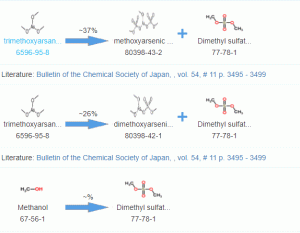
Frequently Asked Questions
Q: How do you store DMS Dimethyl Sulfate?
A: It should be stored in a cool, dry, and well-ventilated special warehouse, and implement the “two-person sending and receiving, two-person storage” system. Keep far away from fire and heat sources. The storage temperature should not exceed 32°C, and the relative humidity should not exceed 80%. The container should be tightly closed. It should be stored separately from oxidants, alkalis, and food chemicals, and should not be stored mixed. Equipped with the appropriate variety and quantity of fire equipment. The storage area should be equipped with leakage emergency treatment equipment and suitable containment materials.
Q: The emergency measures?
Skin contact: Take off contaminated clothing immediately, wash the contact point with plenty of running water for 20~30 minutes. If you feel unwell, seek medical advice.
Eye contact: Immediately lift the eyelids and rinse thoroughly and persistently with plenty of running water or normal saline for 10~15 minutes. If you feel unwell, seek medical attention.
Inhalation: Get out of the scene and into the fresh air. Keep airway open. If breathing is difficult, give oxygen. If breathing and heartbeat stop, perform CPR immediately and seek medical attention.
Ingestion: Rinse your mouth with water and drink milk or egg whites, and seek medical attention.
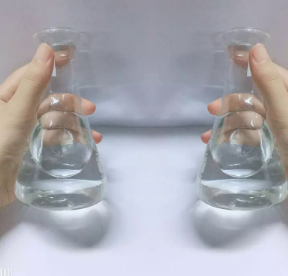
Q: Fire-fighting measures?
A: No open flames. Use a closed system and ventilation if the ambient temperature is higher than 83°C. Firefighters must wear air respirators and full-body fireproof and anti-virus clothing, and put out the fire in the upwind direction. Move containers from fire to open area as much as possible. Keep the fire container cool by spray water until the fire-fighting is over. If the container suddenly makes abnormal sounds or appears abnormal phenomena, it should be evacuated immediately. Extinguishing media includes mist water, carbon dioxide, foam, and sand. Combustion produces carbon monoxide and sulfur oxides.
Q: Leakage emergency treatment?
The warning area is designated according to the area affected by liquid flow and vapor diffusion, and irrelevant personnel are evacuated from the sidewind and upwind to the safe area. It is recommended that emergency personnel wear positive pressure self-contained breathing apparatus, protective clothing, and rubber gloves. All equipment used while working should be grounded. Do not touch broken containers and spills before putting on appropriate protective clothing. Cut off the source of the leak as much as possible. Prevent spills from entering water bodies, sewers, basements or confined spaces. Disposal with water is strictly prohibited.
Small Spills: Cover spill with dry sand or other non-combustible material.
Large amount of leakage: Construct dikes or dig pits for containment. Neutralize with crushed limestone, soda ash or lime. Transfer to a tank car or a special collector by using a pump.

